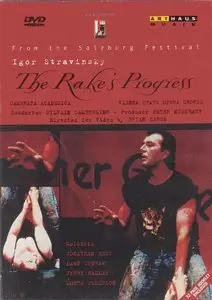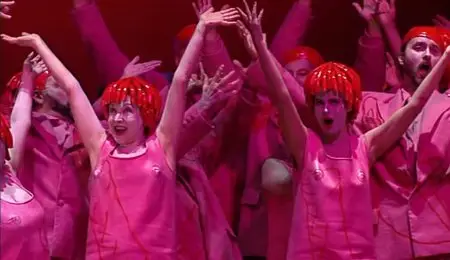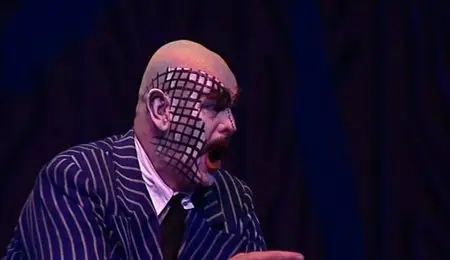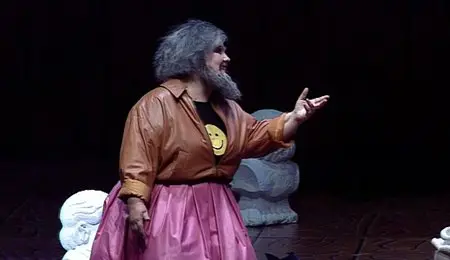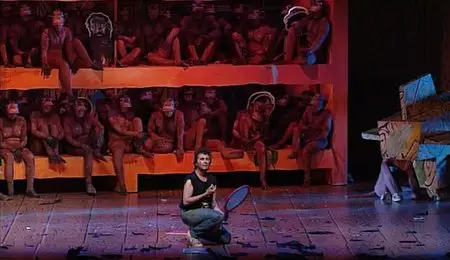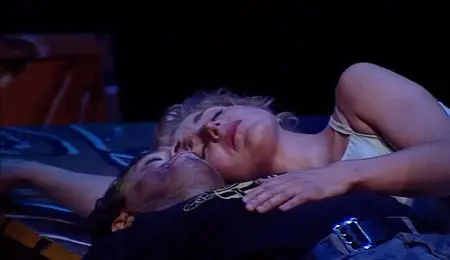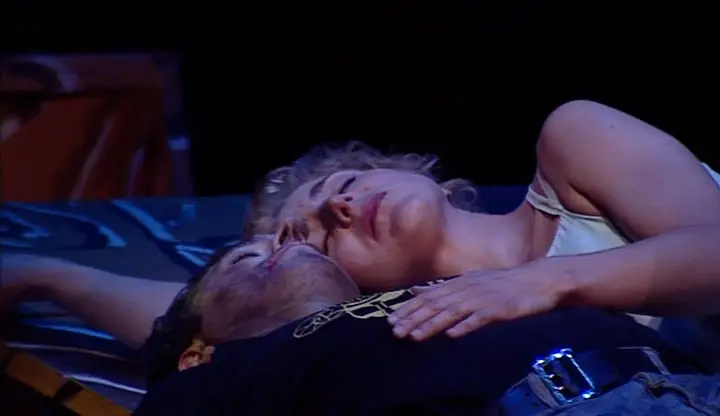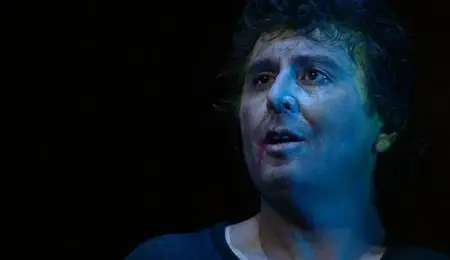Igor Stravinsky - The Rake's Progress (2001)
Xvid | 1621 | 720x416 | AR 16:9/25000fps | audio 182vbr | English+En, Fr, Ger, Sp .srt | covers&booklet | 2h37 | 2.03GB
2001 | label: Arthaus | cat. nr. 100254 | classical/contemporary/opera
“The Devil Finds Work for Idle Hands”
The Rake’s Progress was originally a set of paintings made by 18th C. British artist William Hogarth. The painter meant to give a moral comment on Sloth, or Idleness - which, in the millenia-old christian doctrine, is considered one of the Seven Deadly Sins. For this, Hogarth devised a sequel; each tableau was to highlight a scene from the life of the protagonist Tom Rakewell. In this way, the set tells a story in pictures. Now, we all grew up with the strips of Mickey Mouse and Superman, so we may be inclined to think this is nothing new; however, it WAS new at the time. Hogarth, indeed, is widely seen as one of the precursors of the comic strip. Comic, because there’s a Rabelaisian quality about this series; sinners as well as those who mean well are most mercilessly made fun of, and at times, even Mephistofelian devil Nick Shadow, who tricks Tom into a life mismanaged from bad to worse, appears to be a brainless fool.
Stravinsky was well aware of the satirical content of Hogarth’s work. His own piece of art, more or less based on the painter’s picture tale and in this respect true to it, does nowhere become overly dramatic either. In fact, many scenes are radiant with excessive joy. Yes, the very debaucheries supposed to be the object of moral concern, are celebrated at the same time, or so it seems…(hush!).
The choruses in the brothel, for instance, show us Stravinsky at his Russian best: strong rhythms and melodic invention urge the listener to pursue the wild pleasures of life by all means (hush! -again).
In short, good music reinforces a “bad” cause. Of course, Stravinsky already knew about this ambiguity; or who composed some of the best music ever written to celebrate the slaughter of an innocent virgin….I’m being unfair, ha. The Sacre does by no means pretend to be a moral tale – nor an immoral one, for that matter, and as such, isn’t ambiguous at all.
This opera is Stravinsky’s longest composition, lasting well over 2.5 hours. It strictly follows the rules of Italian classical opera - another example of the composer’s neo-classical style. As he put it himself, “a step backwards in opera is in fact a step forwards when compared to the many bad modernistic operas written these days”. I wonder which ‘bad operas’ he had in mind..?
The plot of the story is easily summarized: Tom Rakewell (what’s in a name), a man with little ambition and less taste for hard work, unexpectedly comes into a fortune. He’s the heir of a rich uncle. At least, this is what evil Nick Shadow tells him; Tom himself has never known about the existence of this relative. Shadow, the devil in disguise, offers him advice as to how to make the money work for him.
Of course this leads to Tom’s life going desperately astray..he leaves his betrothed to begin with, squanders his newly-won fortune in brothels and gambling houses, ends up in a madhouse and dies without hope. For sure, material enough here to make it a Greek tragedy, but as I said, the music is attractive and lively, with an occasional sad note where it is due.
And modern?
Well, Tom runs around in a pair of jeans and a printed T-shirt. I doubt this is what Stravinsky had in mind when he presented his opera as a step forward…but as I’m not entirely sure to what extent Levi’s had become part of the average man’s standard wear back in the early fifties, I hesitate to call it an anachronism deliberately put in by a modernistic stage director. The blotches of paint are too much, though.
The singing, however, is impeccable. Jerry Hadley as Tom has a magnificent tenor - and a tenor isn't even my favorite operatic voice, so that's saying something.
Performers:
Camerata Academica
Vienna State Opera Chorus - Dietrich D. Gerpheide
Harpsichord - Ann Beckmann
Main singers:
Trulove - Jonathan Best
Anne Trulove - Dawn Upshaw
Tom Rakewell - Jerry Hadley
Nick Shadow - Monte Pederson
Mother Goose - Linda Ormiston
Baba the Turk - Jane Henschel
Libretto by W.H. Auden & Chester Kallmann
Video director: Brian Large


